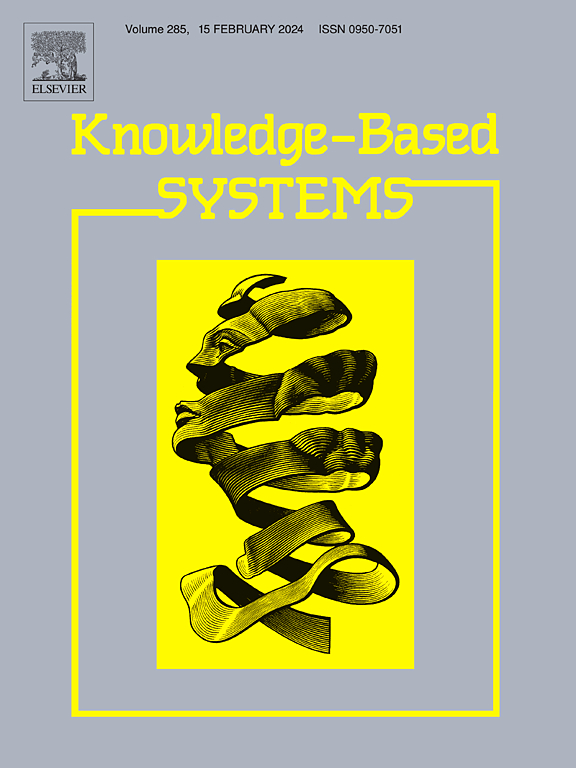Empowering early predictions: A paradigm shift in diabetes risk assessment with Deep Active Learning
IF 7.2
1区 计算机科学
Q1 COMPUTER SCIENCE, ARTIFICIAL INTELLIGENCE
引用次数: 0
Abstract
Diabetes is one of the most widespread chronic diseases worldwide, affecting millions and posing significant health risks. Effective management depends on early detection and risk assessment, enabling medical professionals to take timely action and mitigate long-term healthcare consequences. However, there is a critical need for a reliable and accurate detection system to support medical professionals in clinical and computational assessments. Existing detection systems, particularly those based on traditional deep learning models, often fail to address challenges such as class imbalance, the inability to model non-linear patterns, high annotation costs, and the lack of explainability inherent in black-box models. To address these challenges in diabetes prediction, this study applies the proximity weighted synthetic oversampling technique to resolve class imbalance issues in the Behavioral Risk Factor Surveillance System (BRFSS) dataset, ensuring a balanced representation of healthy and diabetic individuals. Subsequently, we propose a novel Diabetic Class-based Sampling Pointer Network (DCSPNetwork) for early diabetes prediction by assessing high-risk factors. The DCSPNetwork effectively captures non-linear patterns in the BRFSS dataset, reduces overfitting risks, and minimizes labeling costs. Experimental results demonstrate the superior performance of DCSPNetwork, achieving an improvement score of 5.88% in accuracy, 8.14% in precision, 9.76% in recall, 8.33% in F1-score, and 4.3% in area under the receiver operating characteristics curve score, and a remarkable decrease of 30.3% in log loss, 72.90% in training time, and 30.30% in inference time compared to its benchmark pointer network model. Using a 10-fold cross-validation approach, we verified the performance and generalizability of our DCSPNetwork, ensuring consistent results across various data splits and demonstrating its robustness. To further support the DCSPNetwork’s efficacy and dependability, statistical validation is carried out utilizing a t-test and a 95% confidence interval. We incorporated explainable artificial intelligence techniques, local interpretable model-agnostic explanations, and Shapley additive explanations to enhance interpretability and transparency in predictions. These techniques improved the reliability of our model and offered insightful information about feature contributions in DCSPNetwork’s predictions. The results indicate that DCSPNetwork is a reliable and effective model for early diabetes risk assessment, combining high performance with interpretability.
求助全文
约1分钟内获得全文
求助全文
来源期刊

Knowledge-Based Systems
工程技术-计算机:人工智能
CiteScore
14.80
自引率
12.50%
发文量
1245
审稿时长
7.8 months
期刊介绍:
Knowledge-Based Systems, an international and interdisciplinary journal in artificial intelligence, publishes original, innovative, and creative research results in the field. It focuses on knowledge-based and other artificial intelligence techniques-based systems. The journal aims to support human prediction and decision-making through data science and computation techniques, provide a balanced coverage of theory and practical study, and encourage the development and implementation of knowledge-based intelligence models, methods, systems, and software tools. Applications in business, government, education, engineering, and healthcare are emphasized.
 求助内容:
求助内容: 应助结果提醒方式:
应助结果提醒方式:


